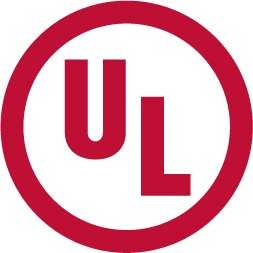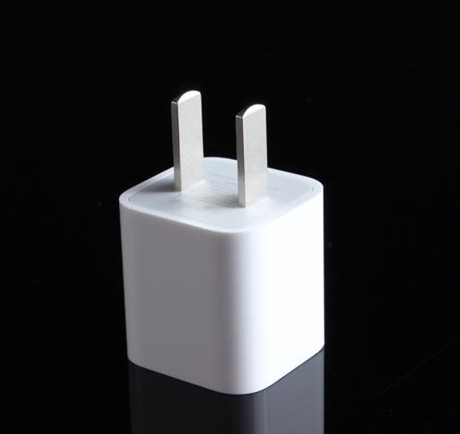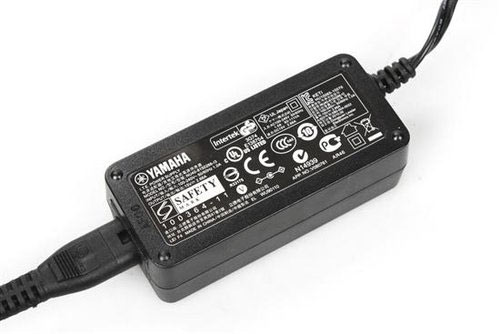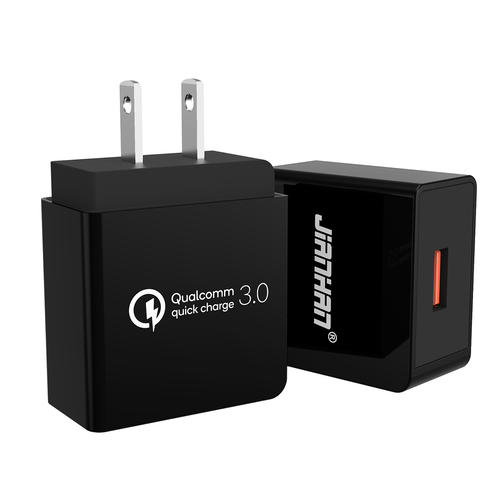Ul is the abbreviation for Underwriters Laboratories Inc. in the United States. The UL Safety Testing Institute is the most authoritative organization in the United States and also one of the largest civilian organizations in the world engaged in safety testing and certification. It is an independent, for-profit professional organization that conducts experiments for public safety. It adopts scientific testing methods to study and determine whether various materials, devices, products, equipment, buildings, etc. pose a threat to life and property, and to what extent; Determine, write, and distribute corresponding standards and materials that help reduce and prevent losses to life and property, while conducting factual research services. UL certification is a non mandatory certification in the United States, mainly for testing and certification of product safety performance, and its certification scope does not include the EMC (electromagnetic compatibility) characteristics of the product.

(1) Why do companies need to obtain UL certification?
1. The entire US market places great emphasis on product safety; When consumers and purchasing units choose products, they will choose products with UL certification marks.
2. UL has a history of over 100 years, and its safety image is deeply rooted in consumers and governments. If you do not directly sell products to consumers, intermediaries will also require products to have UL certification marks to make them popular.
3. American consumers and purchasing units have more information about a company's products.
4. More than 40000 federal, state, county, and municipal governments in the United States recognize the UL certification mark.
(2) UL certified - ul60950 certified adapter Scope of application:
1. UL60950 is a North American safety standard for IT power supplies, which is applicable to information technology equipment powered by power grids or batteries with a rated voltage not exceeding 600V. It mainly addresses the requirements for temperature rise, voltage resistance, insulation, etc. of power supplies.

2. UL60950 charger certification requires documentation to be provided
2.1 Circuit schematic diagram;
2.2 Printed circuit layout and part location diagram;
2.3 English instruction manual (the manual must include the factory name or trademark, model, parameters, installation method, and necessary safety warnings);
2.4 Explanation of Model Differences (If there are multiple models in the same series, the differences and similarities between the models must be clearly listed. This statement must be signed.);
2.5 Labels/nameplates;
2.6 Product installation structure diagram/exploded diagram (please indicate the part numbers and names of each component);
2.7 Key component list (this list must be signed and stamped);
2.8 A copy of the certificate for important components related to safety (refer to the requirements of the "Key Component List" to provide the certificate, and verify whether the number and parameters on the certificate match the actual sample).
3. UL60950 certification testing project for charger
3.1 Hazardous Energy Level;
3.2. Input Test;
3.3 Marking Durability;
3.4. Discharge of Primary Capacitors;
3.5 Limited Current Circuits;
3.6 Limited Power Source;
3.7 Grounding Resistance Test;

3.8 Humidity Conditioning and Electric Strength;
3.9 Working Voltage;
3.10Clearance and creepage distance;
3.11Cord Anchorage;
3.12Stability Test;
3.13 Steady Force Test;
3.14 Impact Test;
3.15 Drop Test;
3.16Stress Relief Test;
3.17Wall Mount Test;
3.18Handle Test;
3.19Direct Plug-in;
3.20 Batteries;
3.21Temperature Test;
3.22 Ball Pressure Test;
3.23Touch Current and Protective Conductor Current;
3.24Electric Strength after Temperature Test;
3.25Overload Test;
3.26Abnormal Operation Test;
3.27Components Fault Simulation。

(3) Materials to be submitted
1. Product Name: Provide the entire process of the product.
2. Product Model: List in detail all required product models, varieties, or classification numbers for experimentation.
3. Product nameplate: including product model, electrical parameters, manufacturer information, production date, and UL identification.
4. Product intended use: Assumption: Home appliances/commercial, indoor/outdoor, etc.
5. Parts List: List in detail the components and models (file numbers), rated values, and manufacturer names that make up the product.
6. Electrical performance: For electronic and electrical products. Provide electrical schematic (circuit diagram), PCBLAYOU
7. Structural diagram: For most products, a structural diagram or exploded diagram, ingredient list, etc. of the product must be provided.
8. Product user manual and installation manual, etc.
9. UL specific application form corresponding to specific products.
Phone:002348038218556
Address:68, TINUBU STR, ITA-EKO ABEOKUTA, OGUN STATE, NIGERIA